A catalogue of satellite applications from around the world that address sustainable development and humanitarian challenges. This catalogue demonstrates the various use cases for which space technology can be applied and gives examples of applications that have been developed and deployed.
You can:
- Explore how satellite applications are addressing challenges relevant to your own work by filtering results by sector, use case, region and more.
- https://forms.gle/Fbv92UwQmpY4HhoC8 – complete this form to add your organisation’s satellite application
